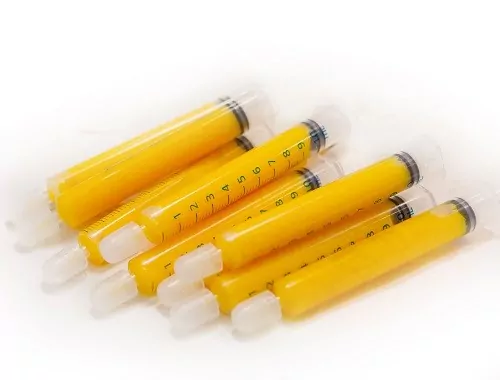Body Fat Transfer
IN ATLANTA
Have you ever looked at your body and wished your proportions were different? Does one part of your body have “too much” while another “doesn’t have enough?” Do you find yourself thinking, “If only … I could take my fat from here and move it to there?” Well, now your wishing can be over. The expert Surgeons at Atlanta Plastic & Reconstructive Specialists offer many options for fat transfer body contouring.
Candidates for Fat Transfer Body Contouring
The most popular Body Fat Transfer is the Fat Transfer to the Buttocks: This is also referred to as the Brazilian Butt Lift or Butt Augmentation.
A good candidate is:
- A non-smoker
- Generally in good health
- Not pregnant or breast-feeding
- Not taking blood thinners (i.e. ibuprofen, aspirin, Plavix or Coumadin)


Procedure & Techniques
Structural Fat Grafting to the body is performed as an outpatient procedure under general anesthesia. This procedure takes between 2 and 2 1/2 hours, depending on the amount of fat grafting needed to the area. During this procedure fat is gently removed from the donor site (usually the inner thigh, buttocks, abdomen or the saddle bags) with a small hypodermic needle using a special cannula with limited suction as so not to damage the membrane of the fat cell. The fat is then spun in a centrifuge to remove excess fluids and the damaged fat cells are picked out and only whole, undamaged fat cells would be used. The fat is then injected with the use of a separate smaller hypodermic needle either just under the wrinkle or deep within the muscle in some areas where there is a higher vascularity within the muscle increasing the longevity of the fat graft.
Body Fat Transfer Recovery
Following the procedure you can expect to be swollen, a bit bruised, and a little sore both at the treatment site and the donor site. You should keep the treatment area as still as possible for the first few days to allow proper healing and give the area and newly transplanted fat cells a good chance to become vascularized. Avoid high-impact exercise or activities for the first 2-4 weeks, depending upon the extent of the surgery.


